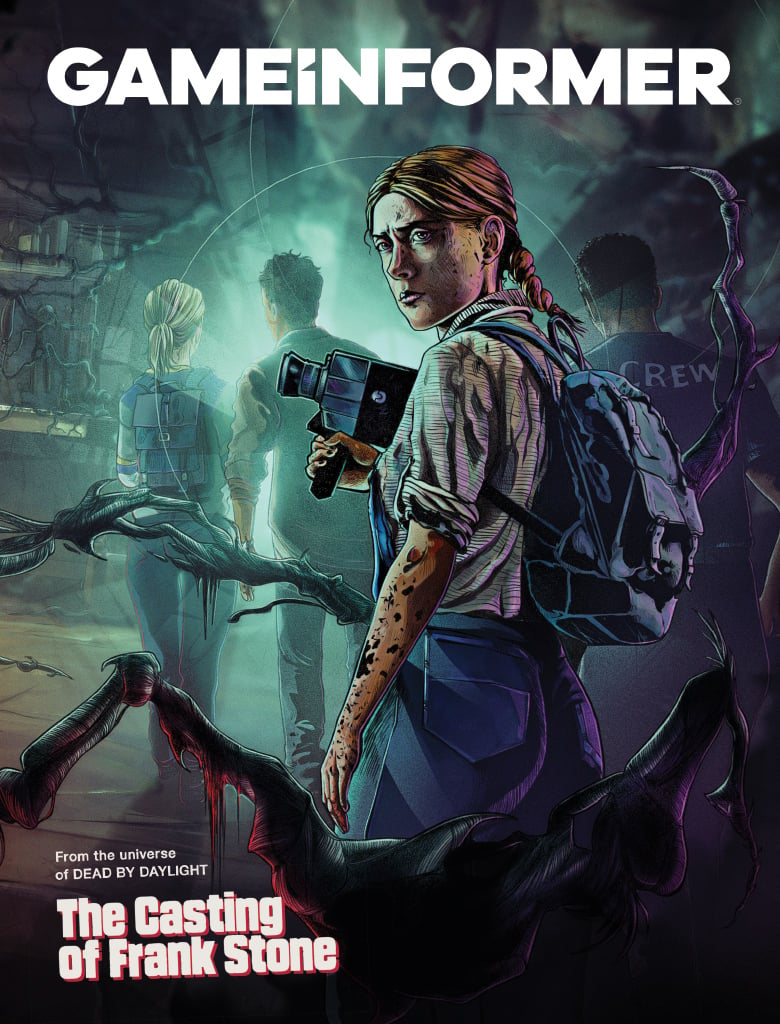Our extra-large special edition is here. Subscribe today and receive the 25% longer issue at no extra cost!
Pokémon Goes Hollywood
Pokémon Goes Hollywood
When Pokémon originally debuted in the United States, it was a massive hit. The best-selling games, popular anime series, and merchandise based on the original 151 Pokémon were everywhere. In 1998, an animated film based on the impossible-to-avoid franchise came to theaters with Pokémon: The First Movie – Mewtwo Strikes Back. The movie was critically panned, but it was a commercial hit, taking in an estimated $85 million in the United States alone. Since then, the Pokémon brand has only grown with myriad animated film follow-ups, video game sequels, and the anime that’s still going strong today. People eat, sleep, and breathe Pokémon, which makes the Pokémon Detective Pikachu movie both an obvious foregone conclusion, and a strangely overdue adaptation.
In April of 2018, before any trailers or leaked art assets from the Pokémon Detective Pikachu set made their way to the internet, we flew to London to visit the film on a normal day of shooting. The movie had been announced and the cast had been revealed, including Ryan Reynolds’ role as the titular Detective Pikachu, but nothing else was known about the film. Walking toward the set I passed signs on assorted vehicles and doors with the word ‘Gumshoe’ written in the familiar Pokémon font. Gumshoe was the production codename for the film, but the font betrayed any secrecy the name was trying to instill. The day I visited the set, they were on day 61 of Detective Pikachu’s planned 75-day shoot.
The Design
My first stop was a large room with walls covered in concept art, final renders, and environmental art for the film. A table in the middle of the room featured a cardboard model of what appeared to be some sort of laboratory. This was my first look at what Pokémon Detective Pikachu would look like and it surprised me. The environment art showcased a dense city with neon signs everywhere, many of them referencing specific Pokémon. “There is definitely that noir feel,” supervising art director Ben Collins says. “You’ve really got those long shadows and beautiful light.” Collins also described how many of the shoots had been at night and how often the sets needed to be “wet down” to give them that rainy, detective movie feel. Other environmental art showed a bright green countryside with a laboratory seemingly in the middle of nowhere. I later learned those scenes had already been shot in Scotland.
The Pokémon themselves resembled the game series’ sprites, but they had realistic fur, feathers, and scales. Along with the art plastered on the walls, there were also giant cardboard standees featuring familiar Pokémon. I saw early images of Pokémon that would later be prominent in the trailers like Psyduck, Mr. Mime, and Pikachu, but I also saw Aipoms, Loudreds, and a Ludicolo. The film’s visual effects producer, Greg Baxter, says the film will feature at least 60 different Pokémon and every human you see in the film will have a Pokémon with them, even for wide crowd shots. “I don’t know which one is my favorite, but I know which one has caused me the most grief,” Collins says, citing Ludicolo.
Ludicolo works at a bar, but it’s a wide Pokémon that isn’t too tall, which was difficult to design around. “You can’t just design for humans,” Collins says when describing how he and his team developed the layout of the film’s sets. “You’re designing and suddenly you will be like, ‘Oh! Lickitung’s got to get in there!’ And he has to sit in that chair and his tummy goes out to here, so there is no way he is going to fit.” Collins and his team would start with designing for humans, but would adapt the designs so they would make sense for the Pokémon denizens of the world.
That sense of Pokémon integration is a major part of the film and applied far beyond just the world design and background shots. “You might see a Machamp directing traffic. They’re not too personified. They are still Pokémon, but they are integrated into the world in a kind of different way and natural way,” says producer Cale Boyter. “We’ve really thought about all that and we want to make it as true to what it would actually be as possible.”
The Shoot
The next stop was a visit to The Roundhouse set. Much of the movie takes place in Ryme City and follows protagonist Tim Goodman, played by Justice Smith, and Pikachu as they work together to uncover the story of Tim’s father, who was supposedly murdered. Ryme City has outlawed Pokémon fighting, but there is at least one sequence that takes place in an underground arena called The Roundhouse. In the movie’s first two trailers, you can see portions of this scene with Pikachu fighting a massive Charizard as a circle of onlookers cheer. The set was densely packed with extras decked out in the kind of clothes you would expect from someone who attends underground Pokémon fights to be wearing. The wardrobe reminded me of Team Skull from Pokémon Sun and Moon, but I didn’t see any specific logos referencing Sun and Moon’s goofy villains. For each take, the movie’s assistant director would call over a loudspeaker for elements like sparks to fall from the ceiling, or smoke to erupt from a separate corner of the set.
Along with the extras there were also folks to the side dressed head to toe in green leotards. After a few takes, one of the guys dressed in green hauled a giant rubber Magikarp to the center of the arena and pantomimed it flopping around on the ground. Another carried a life-size, fur-covered Pikachu puppet into the middle of the arena, and yet another carried a stick with a large ball covered with realistic Charizard textures on the end. They held them up, rotating each in every direction. All these elements will later be replaced with digital versions, but this was done to give the animators a sense of how the real-world lighting would look on the textures of the Pokémon.
In the scene being shot, Goodman was leaping to catch a falling Pikachu. I watched him leap headfirst on to a mat on the ground with his arms outstretched a few times, and then he did a few softer leaps without the mat. From there I moved on to chat with the actors and other members of the production team.
The Filmmakers
Rob Letterman, the director of the film, has a history in animation and directed the 2015 Goosebumps film. His relationship with Pokémon is through his children. “Before I got the call, I think I had spent thousands of dollars on buying the cards,” Letterman says. “Bespoke Mewtwo cards, importing them from Japan for my 11-year-old son who was obsessed.” His house is filled with Pokémon, so he was eager to take the job when it was offered. “I was like, ‘Yeah, I’ll do that! That’s my whole life!’ To this day my kids are freaking out about it.” Along with his kids’ fandom, Letterman also liked the father-son story and was eager to bring Pokémon into a real-world setting. One way of doing that was to shoot on location and build sets. “We’ve designed a world that is based on reality so we’re shooting a lot of locations,” Letterman says. “The storyline, and the actors, and the comedy is mature enough. We’re not inventing this. This is what Marvel and Star Wars do all day long.”
Smith is best known for his roles in The Get Down and Jurassic World: Fallen Kingdom and has a personal history with Pokémon. “My sister and I have all the original generation cards, and I used to watch the show all the time and we used to play the card game,” Smith says. “I had my favorite Pokémon. It was Totodile, and I had a little Totodile figurine that I would carry with me everywhere I went. When I got this job it was like a childhood dream come true.” Smith says Gold was his first video game entry into Pokémon and was playing Crystal at the time, having recently received it as a gift from his girlfriend. He also excitedly recalled playing Pokémon Snap with his sister. Despite the obvious fandom, he says it was more than the brand that convinced him to do the film. He liked the story. “I feel the film wouldn’t necessarily work if it was just a showcase of our childhood nostalgia,” Smith says. He recalls getting choked up during his first viewing of the original Pokémon animated movie when Ash turned to stone and says that actually helped influence his decision to take the film. “The idea of friendship. The idea of losing someone dear to you? That was really the main reason I signed on for it.”
Kathryn Newton plays Lucy Stevens, who teams up with Tim in order to help him solve the mystery surrounding his father’s death. Newton is perhaps most recognized as Claire on Supernatural and was in the 2018 comedy Blockers. Like Smith, Newton also grew up with Pokémon. Newton recalls playing the games on both Game Boy and Game Boy Advance and says the anime helped encour-age her to become an artist. “It actually got me into drawing and I would draw the Pokémon, which got me into drawing anime characters,” Newton says. She was even more excited about the film after learning what kind of character Lucy is. “I have been working since I was four and I thought, ‘This is the best role for someone my age that I have come across in my lifetime!’ We’ll see what’s next, but right now Lucy is pretty awesome,” Newton says.
Why Now?
Despite the global reach and popularity of Pokémon, producer Cale Boyter says it was the arrival of a worthwhile story that created the opportunity for a live action Pokémon movie. “Detective Pikachu is the ‘why’ now. It really provided for us a great way into a live action version of this world. Whenever we approach these movies, especially when you have an IP or a brand that is beloved or has a legacy like Pokémon has, you really want story to drive it,” Boyter says. The Detective Pikachu game focuses more on story than the typical Pokémon game, and it has a simple, relatable father-son hook driving it. “I think, also, for The Pokémon Company, this is their brand. It’s over 20 years old. They know it better than anyone in the world and, smartly, they really felt like we need to do this and we need to take that leap at the right moment and we all agreed that Detective Pikachu gave us that,” Boyter says.
The Pokémon Company was involved early on with the film. Boyter affirms it has been a true collaborator from the start. When asked if Pokémon’s creators have shut down any ideas or flatly denied certain elements from being in the film Boyter says, “They’re really not like that. We have been talking to them several times a week, three-hour-long video conferences between L.A. and Tokyo. We’ve been going back and forth for over a year now.”
Will It Work?
Movies based on video games have historically been bad. Pleasing both the superfans and appealing to newcomers is always tricky when adapting a property, and the people behind the film understand this. “We should bring this into the real world and make sure this project is for everyone,” says director Letterman. “Not only do we have to service the hardcore fans and be authentic to the Pokémon universe, but we have to bring in the uninitiated to this world so they can enjoy it.” For the longtime fans, a Pokémon City with no fighting is strange. When asked whether elements like Poké Balls would be appearing in the film, Boyter pleaded the fifth, not wanting to spoil anything, but supervising art director Ben Collins confirmed we won’t see things like Pokémon Gyms. Kathryn Newton, however, says the film absolutely acknowledges the larger established Pokémon universe, calling out things like the evolutionary stones that Pokémon fans will absolutely appreciate.
Ahead of its May 10 release, the film’s trailers have inspired confidence. The animation of the Pokémon looks great with their realistic features and Reynolds’ humor seems like a good, if strange, fit. My time on the set also inspired confidence thanks to a genuine sense of fandom for the Pokémon property from everyone I spoke to. “There are so many opportunities inside the Pokémon universe, and of course they’re all incredibly exciting. It’s Pokémon – of course you want to explore all of them,” Boyle says. “I think everyone is thinking creatively, we want to nail this one and then let’s see where it goes.”
This article originally appeared in the May 2019 issue of Game Informer. For more on Pokémon Detective Pikachu, follow the links for more from the producers on how Danny DeVito's voice was tested for the role, why Pokémon Go's success wasn't a major factor in the film getting greenlit, and to hear the cast and director's personal history with the Pokémon franchise.
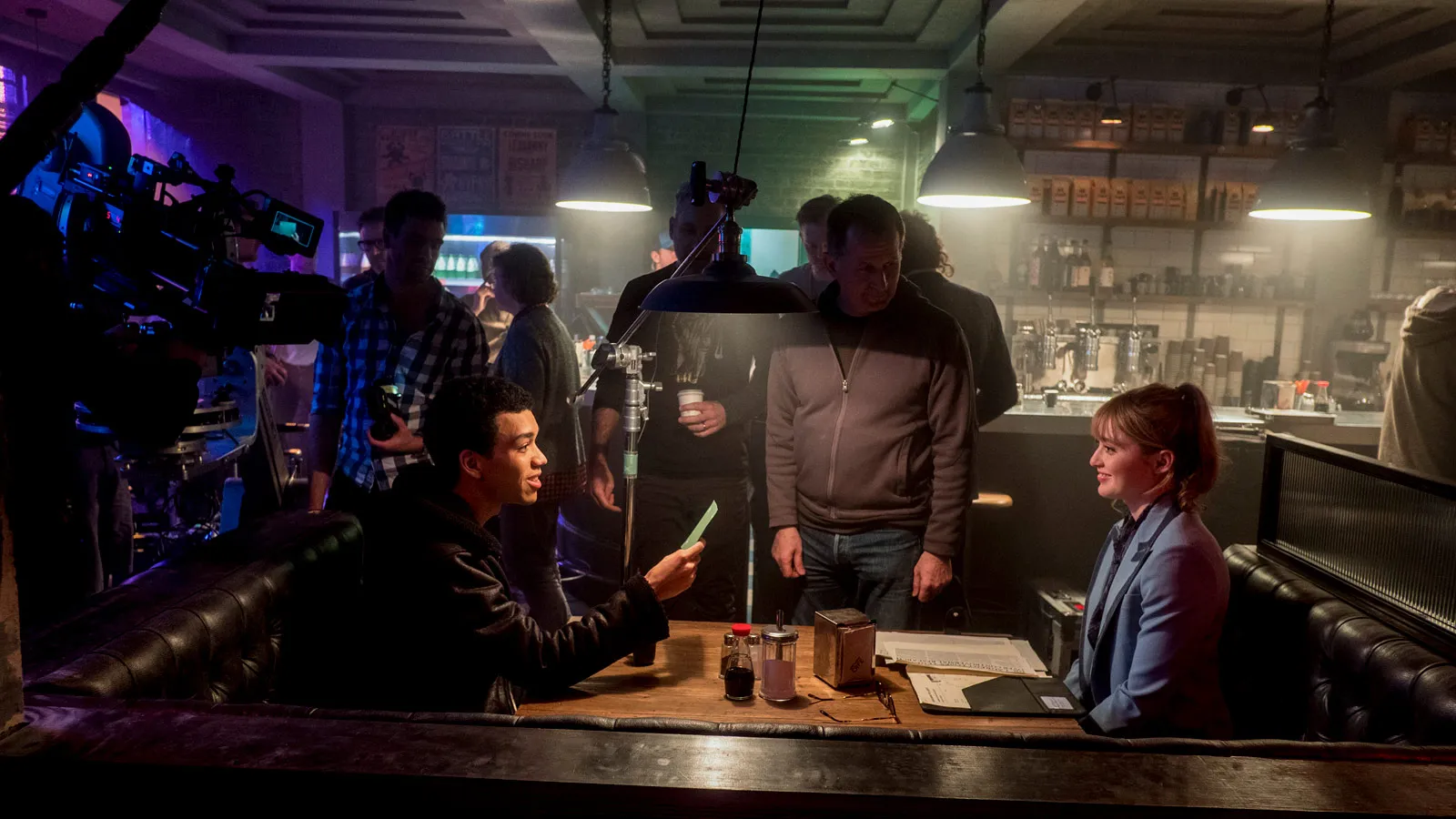
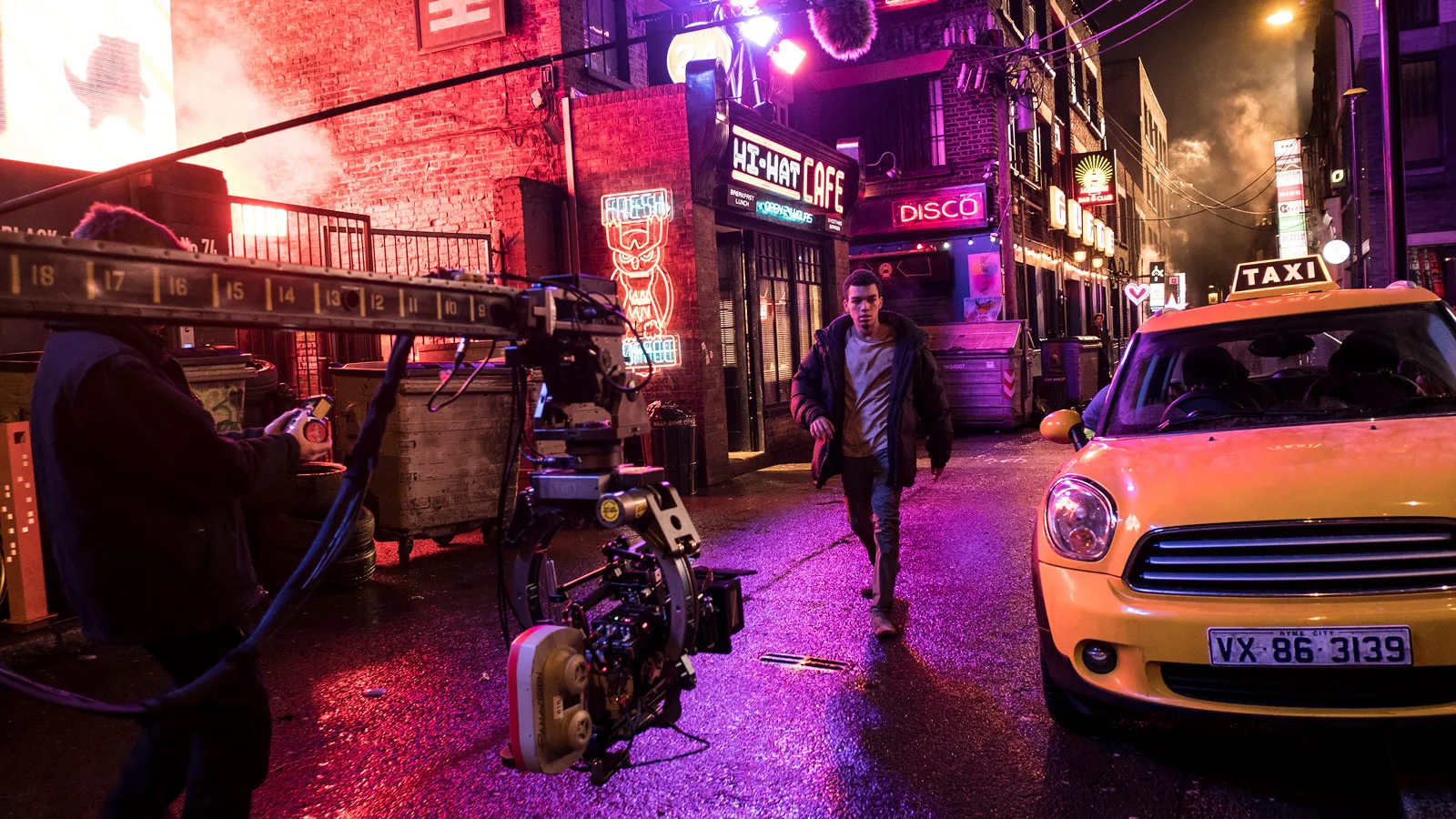
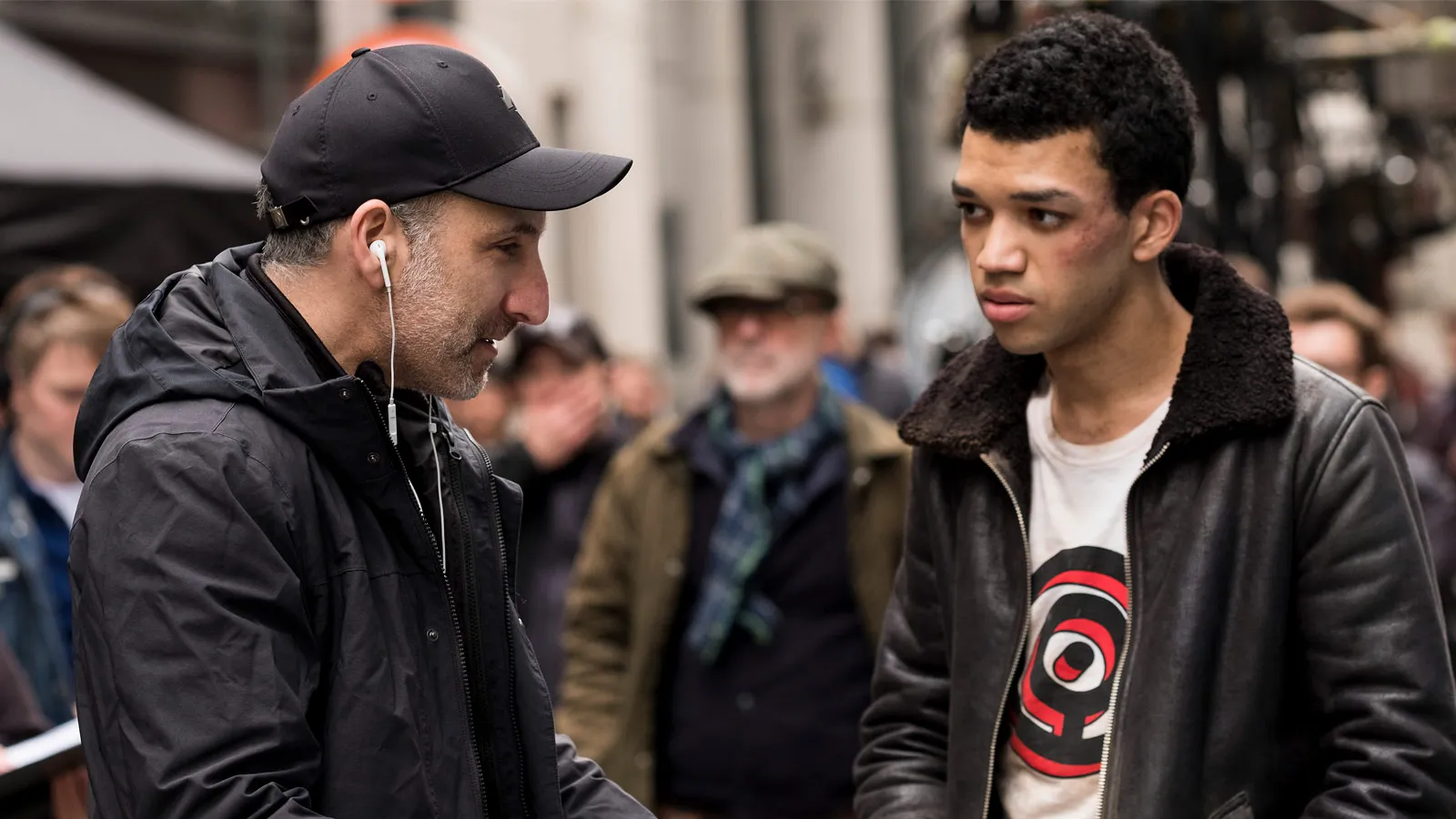
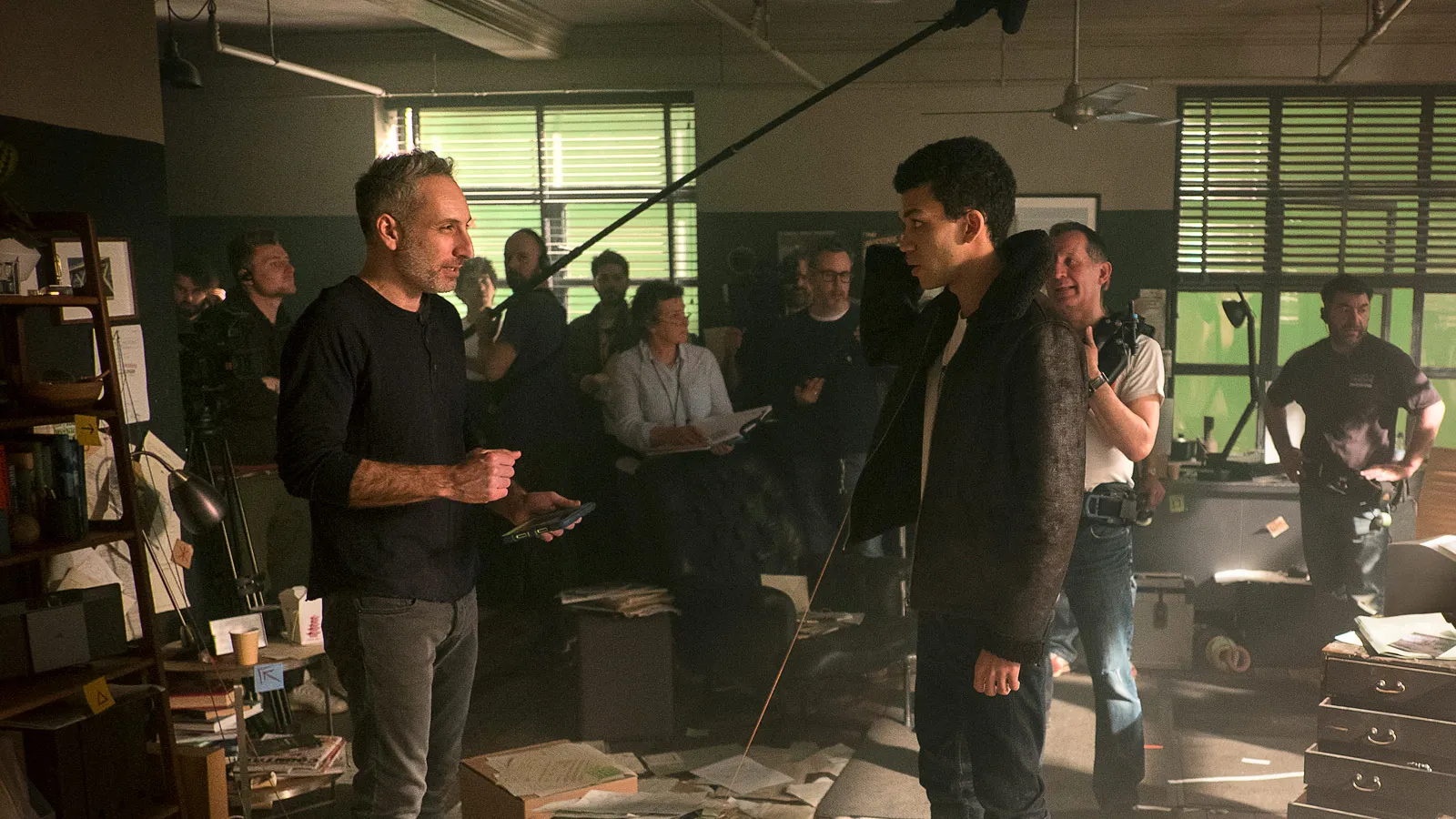
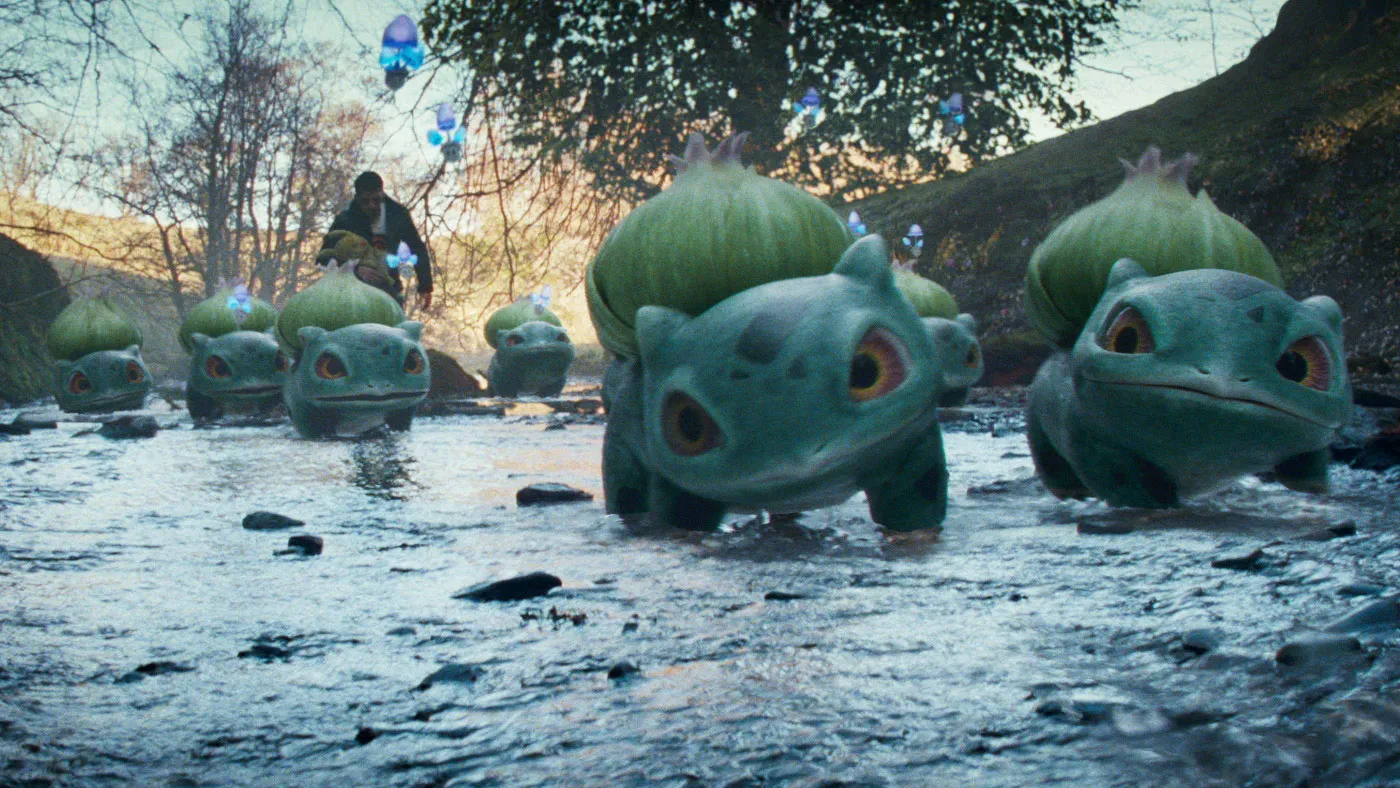
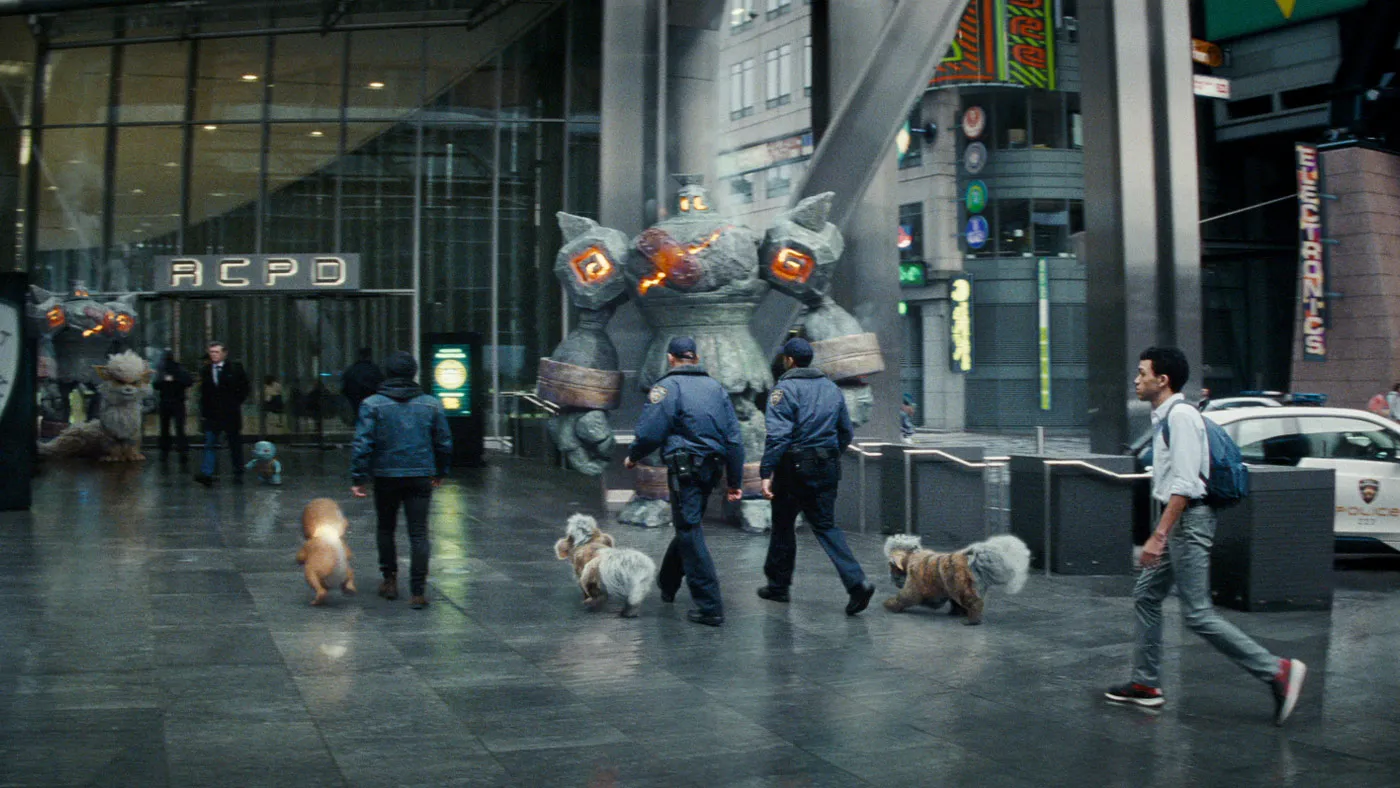
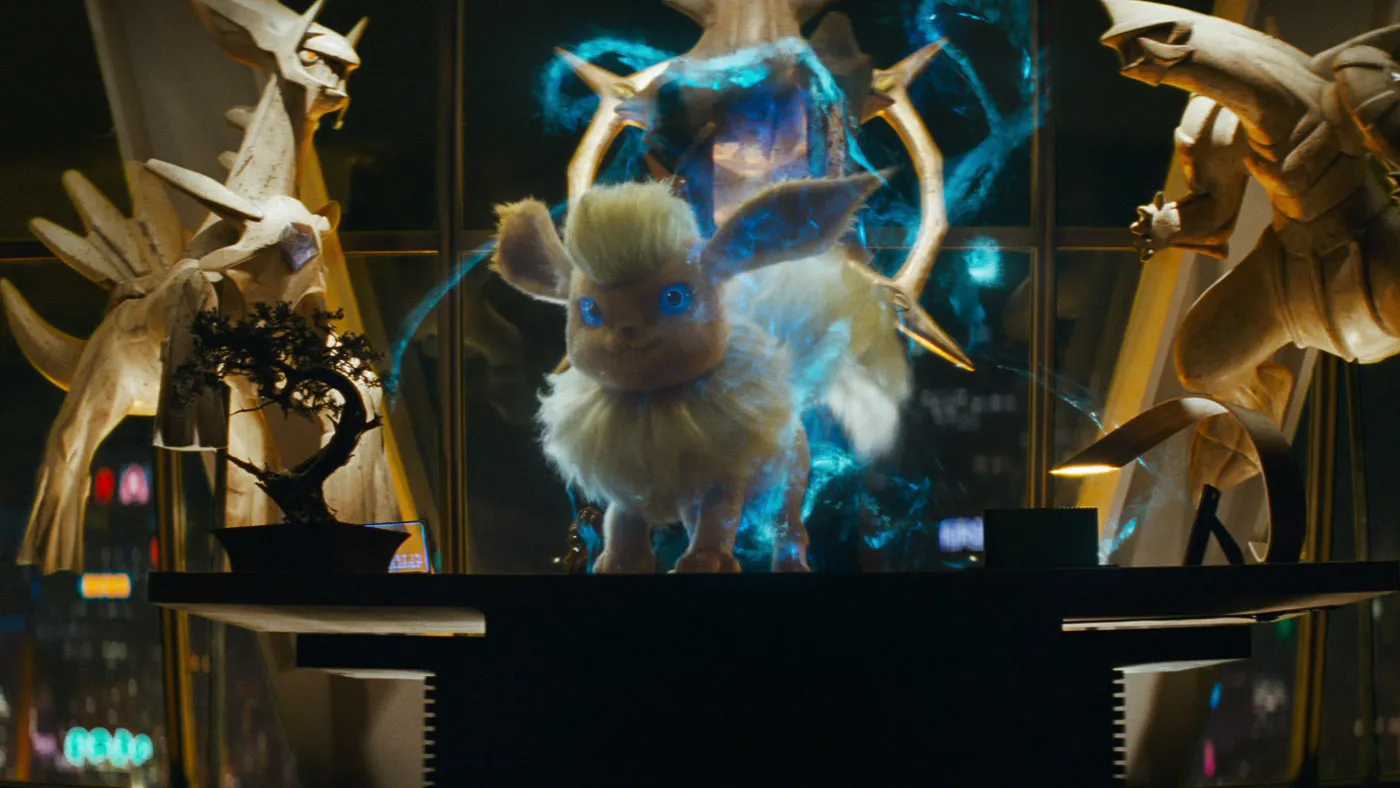
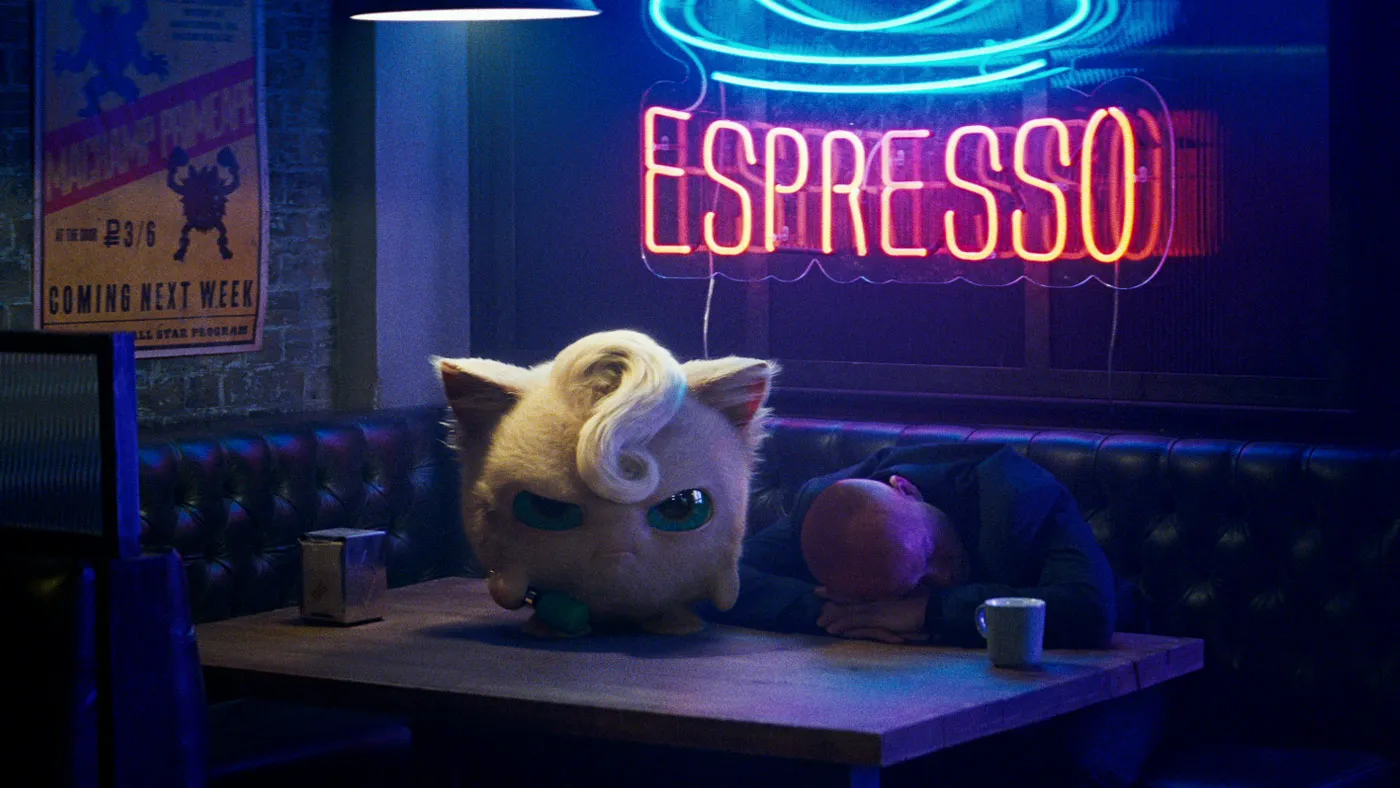
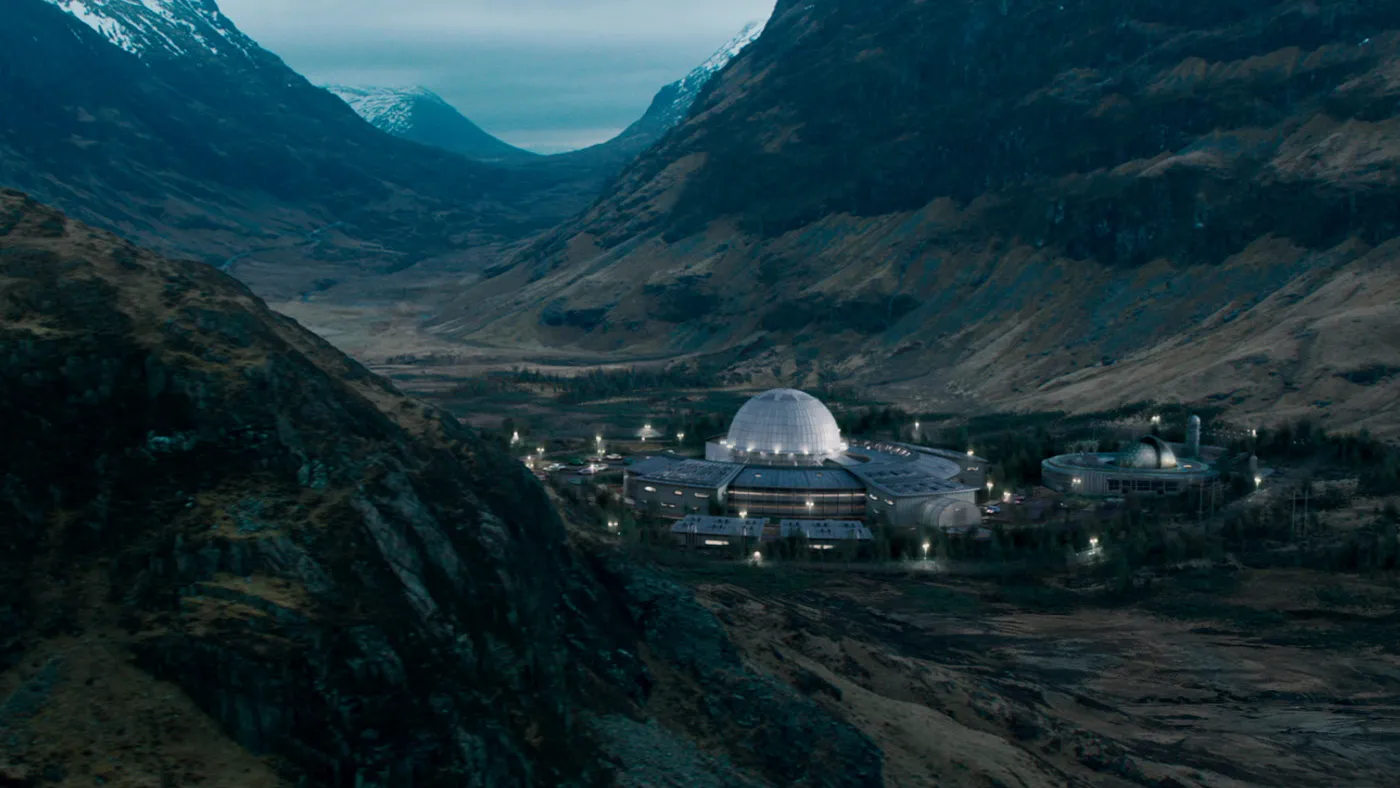
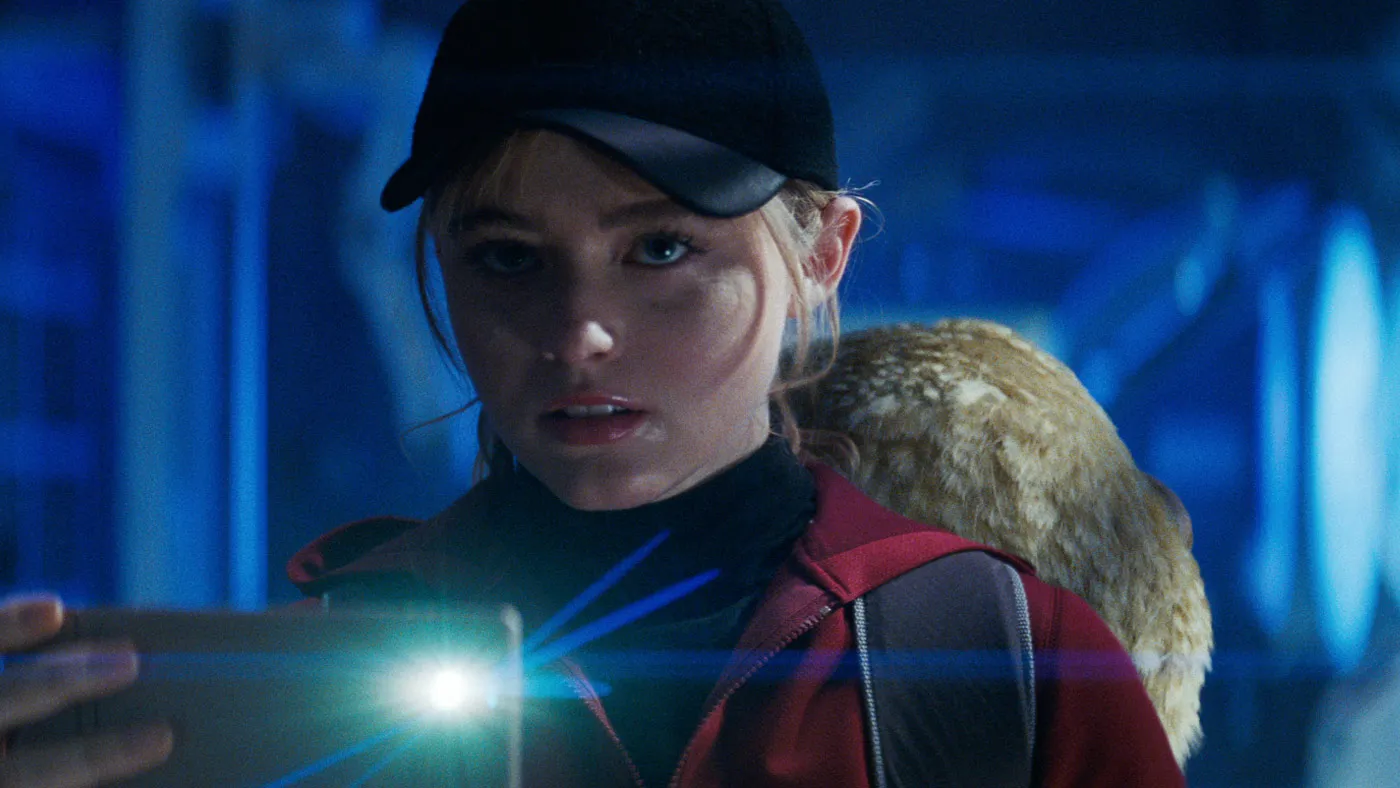
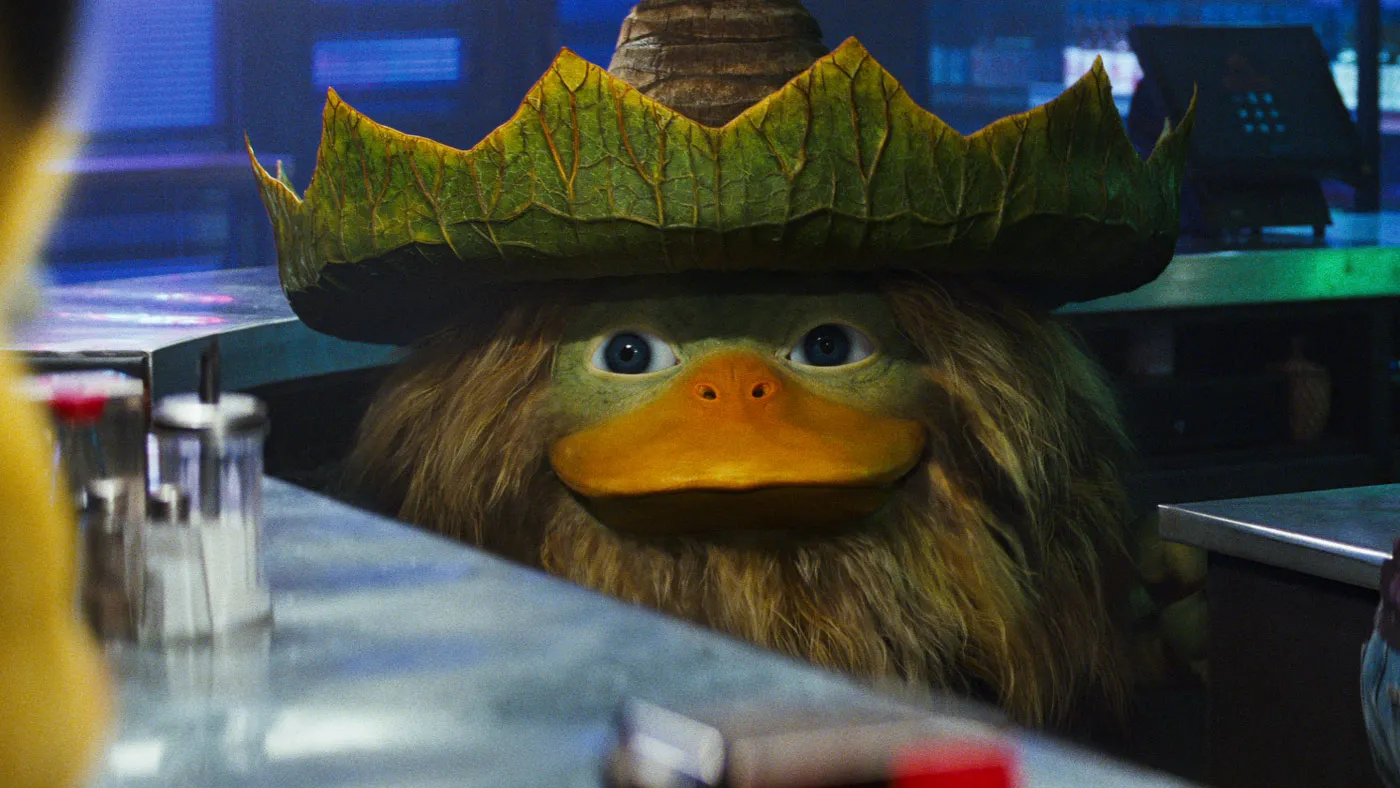
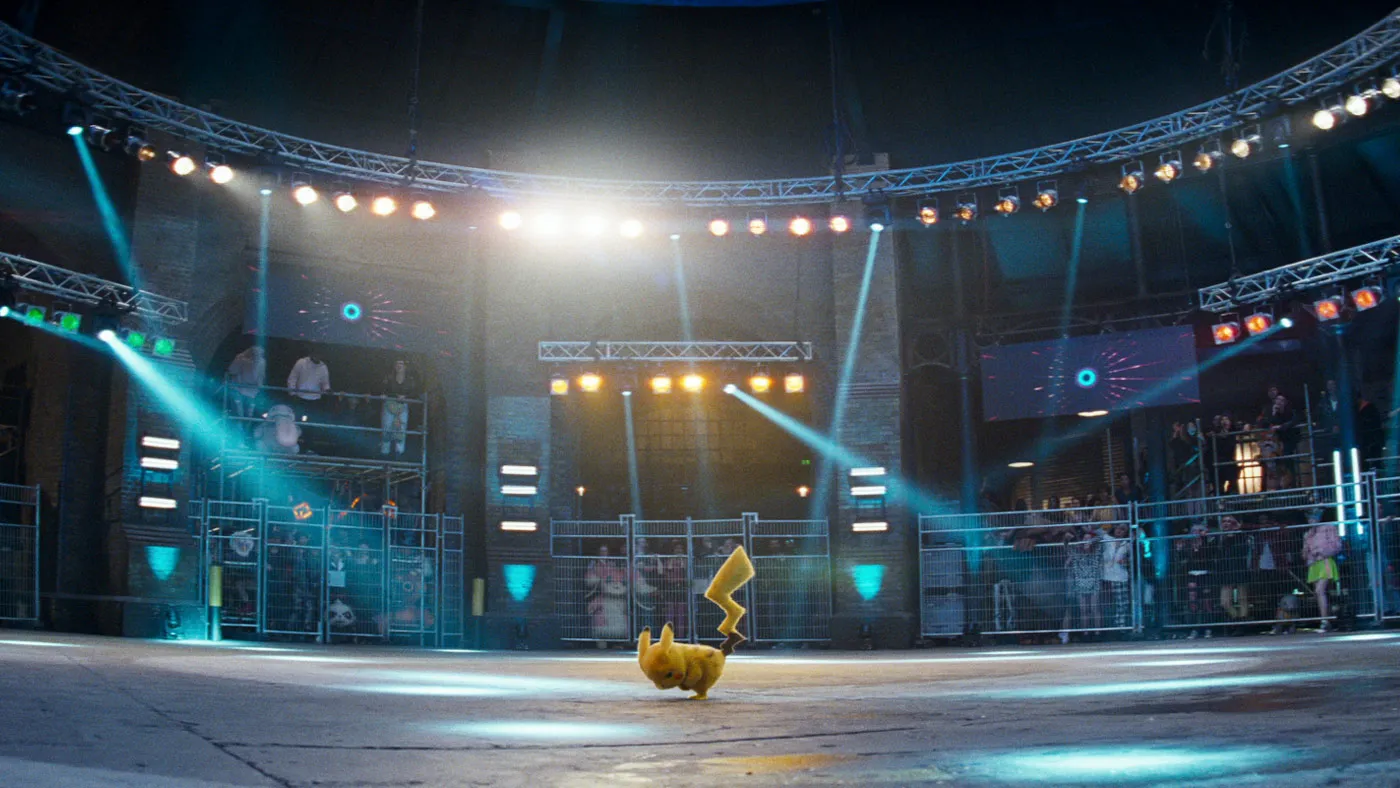
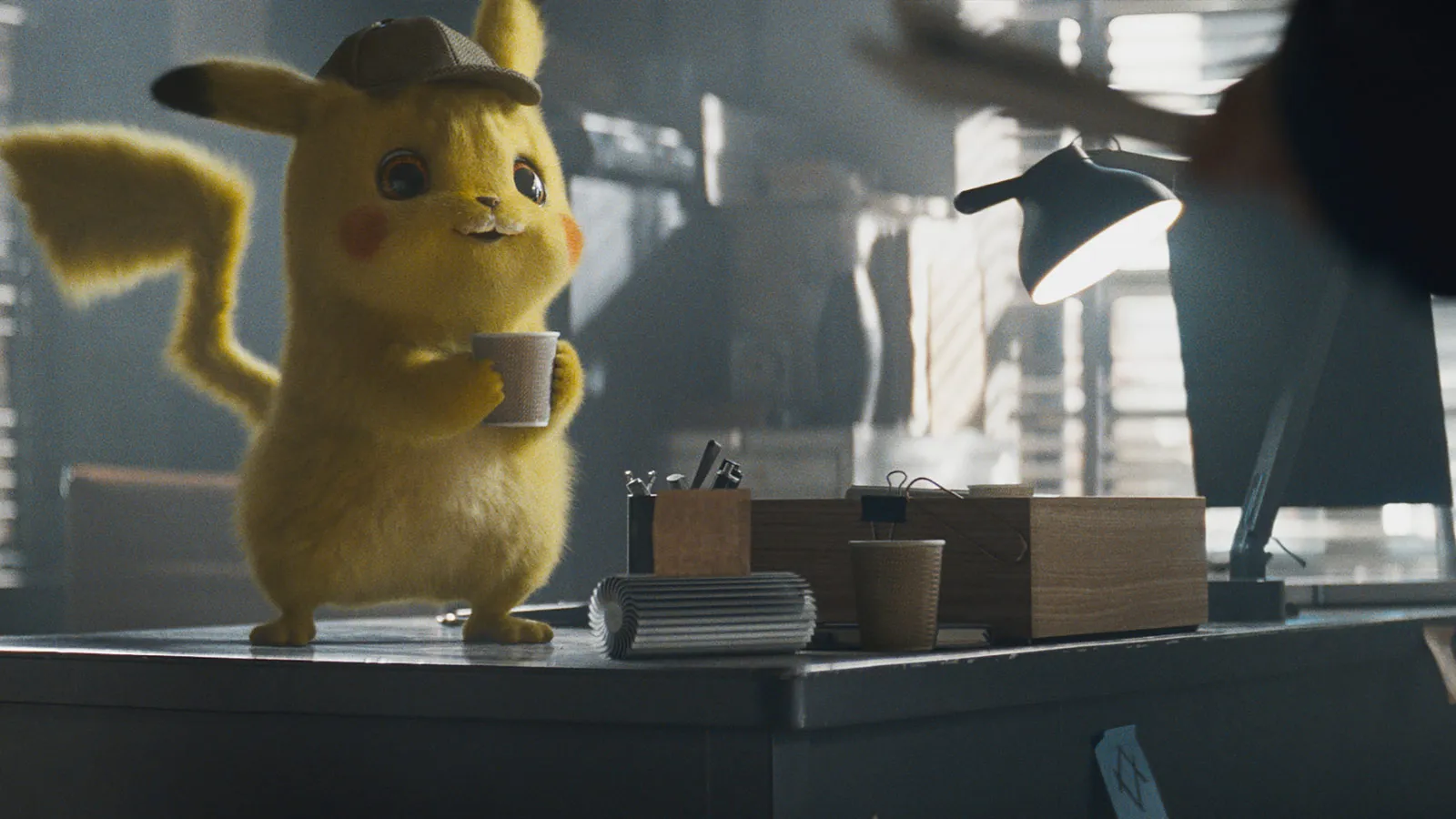
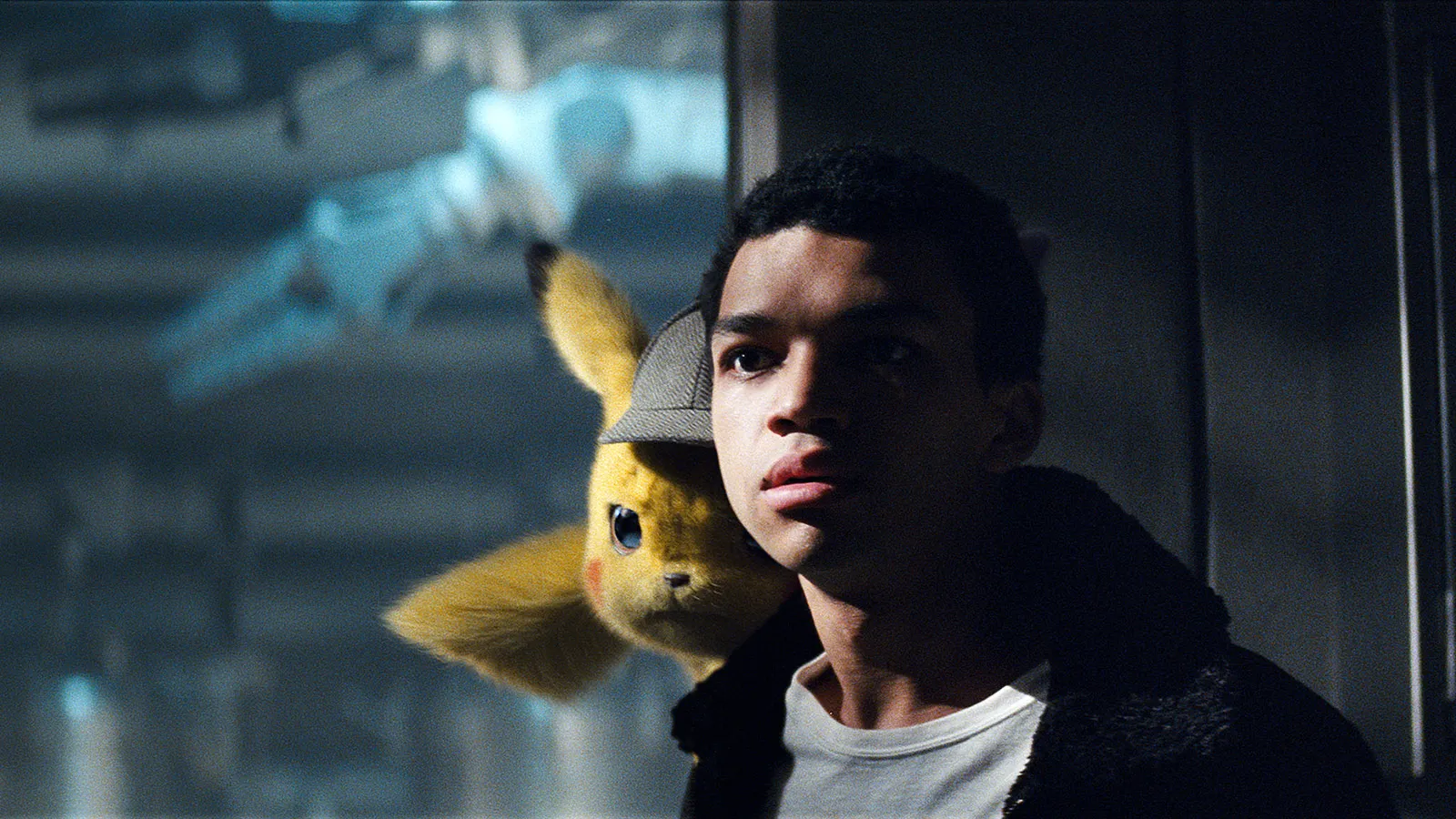
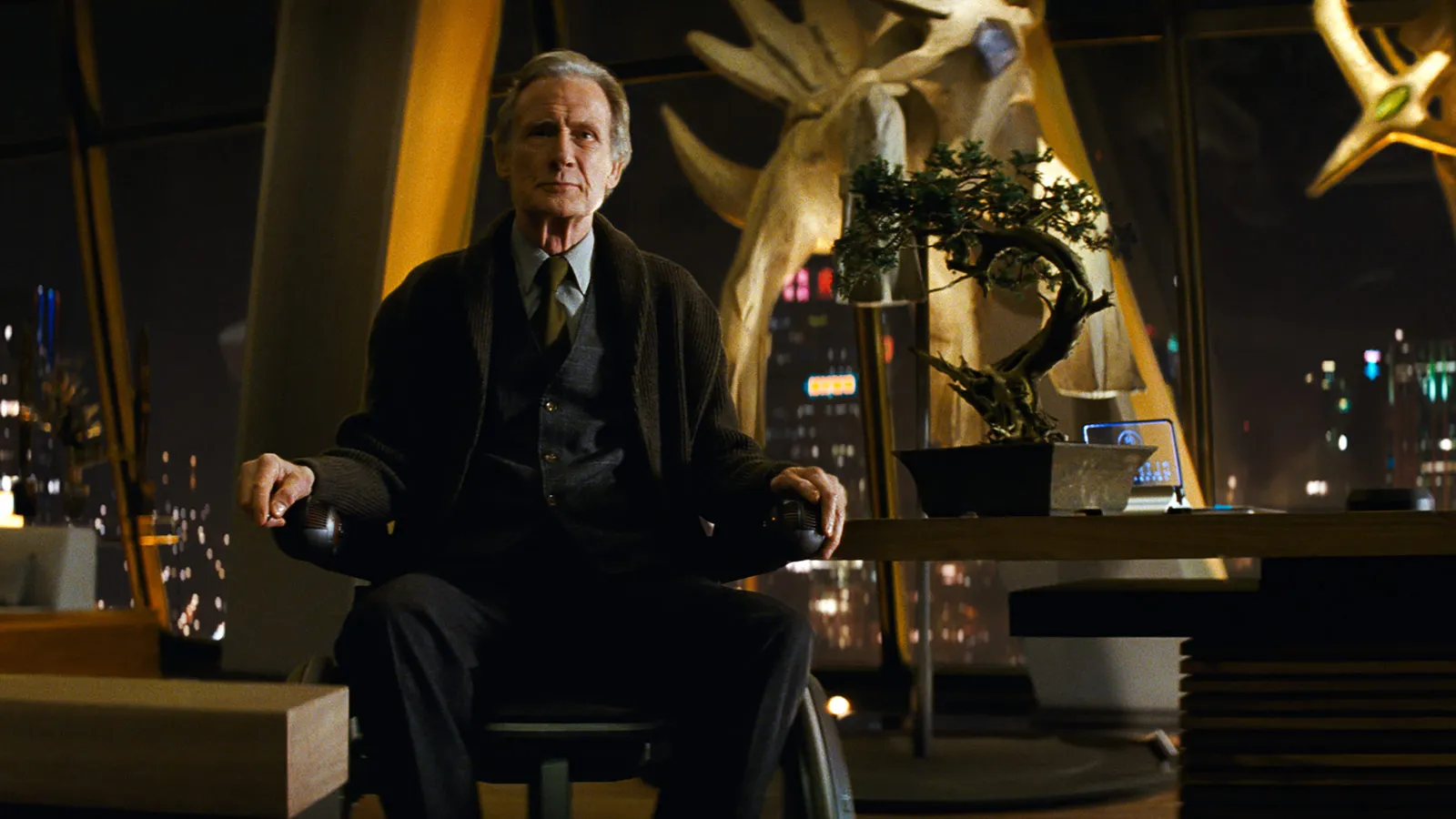
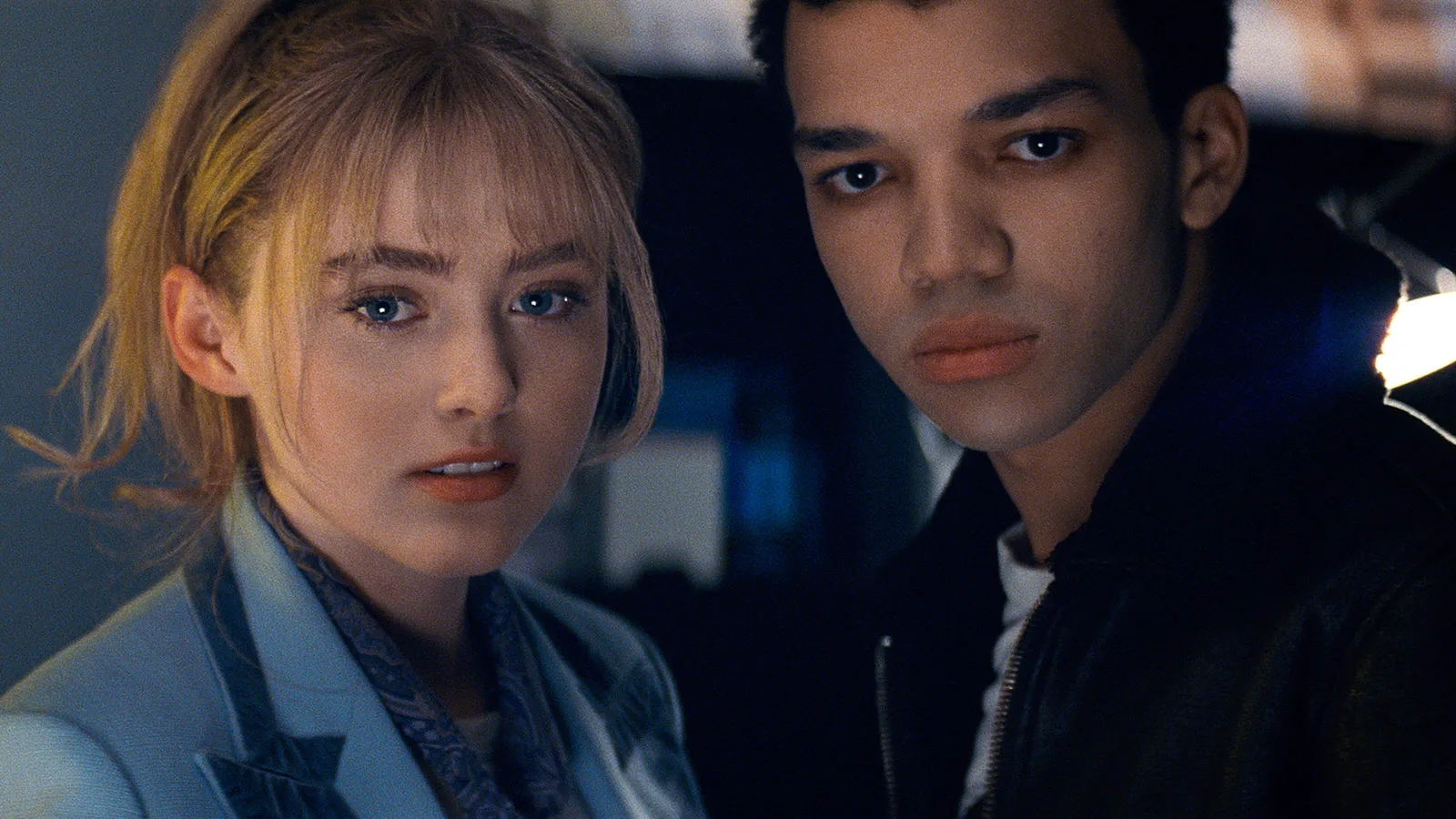
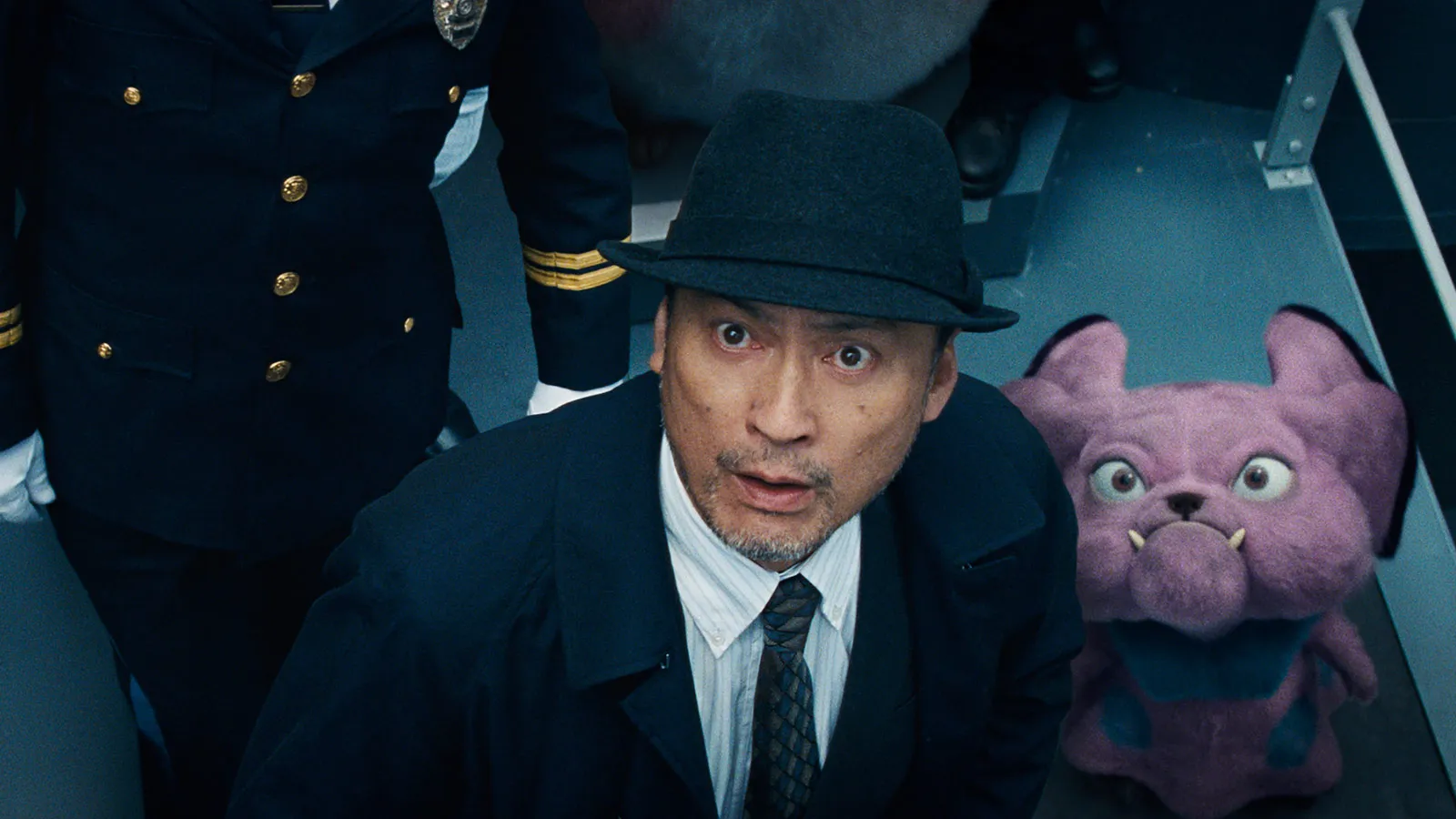
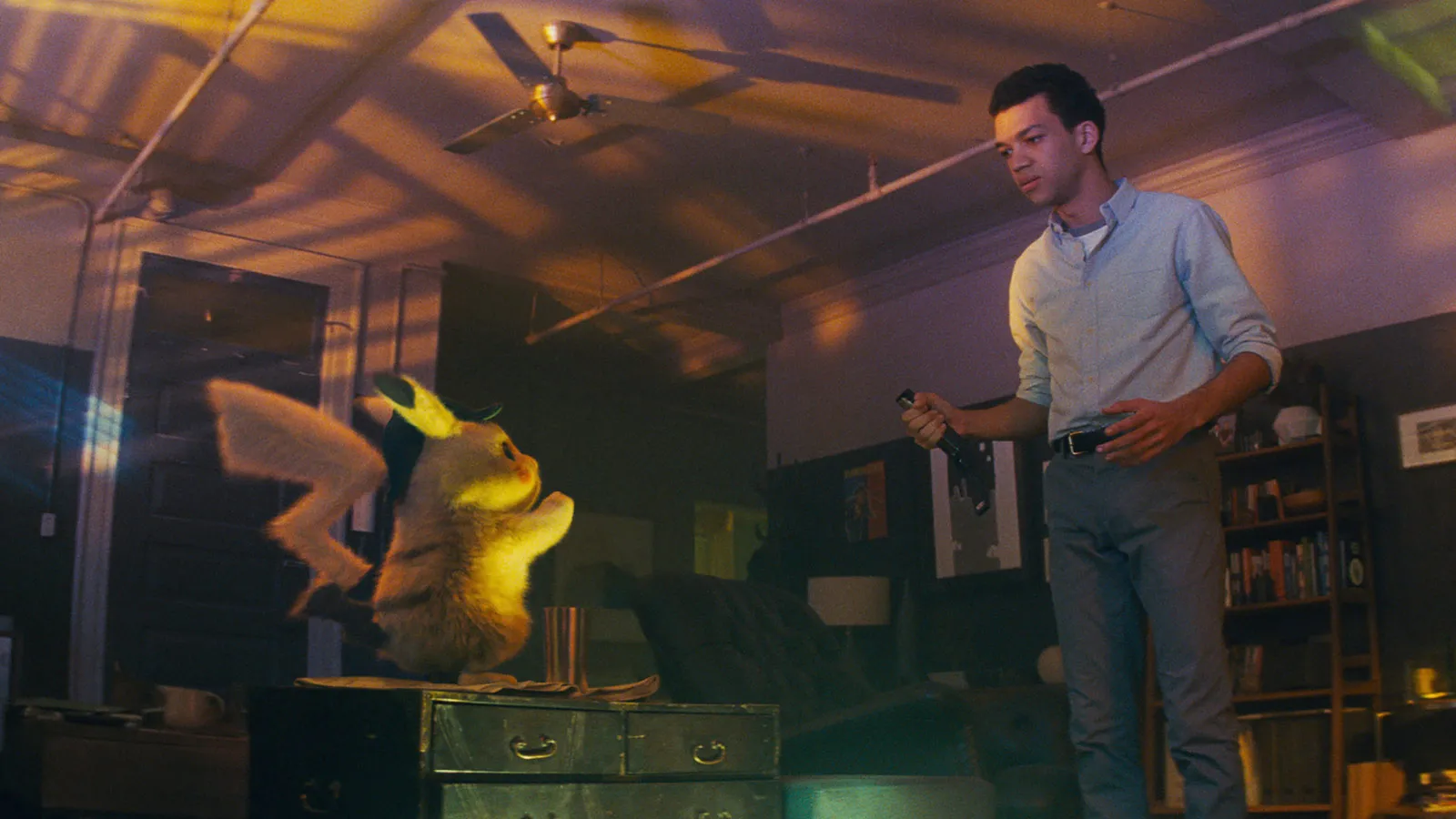
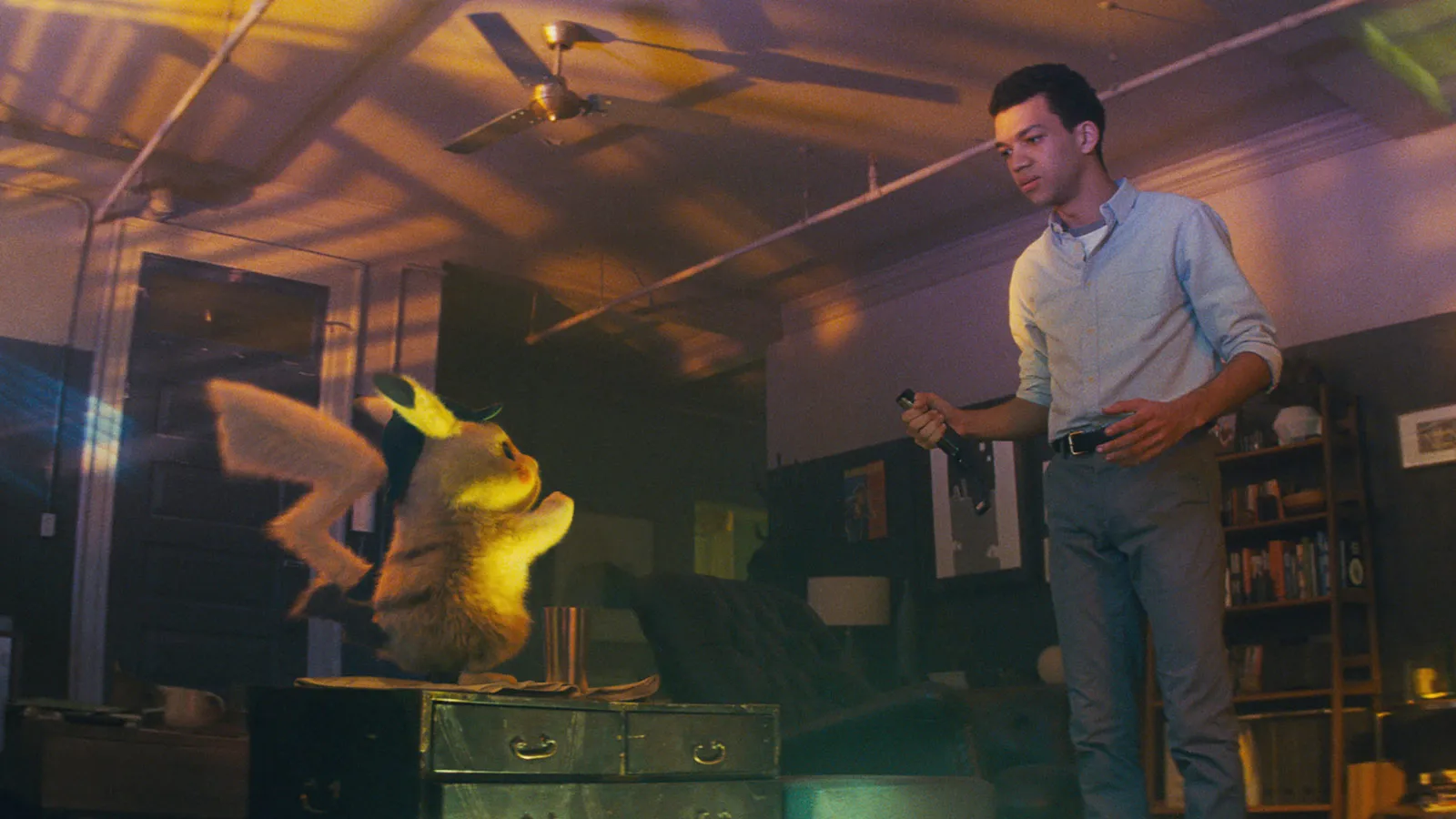
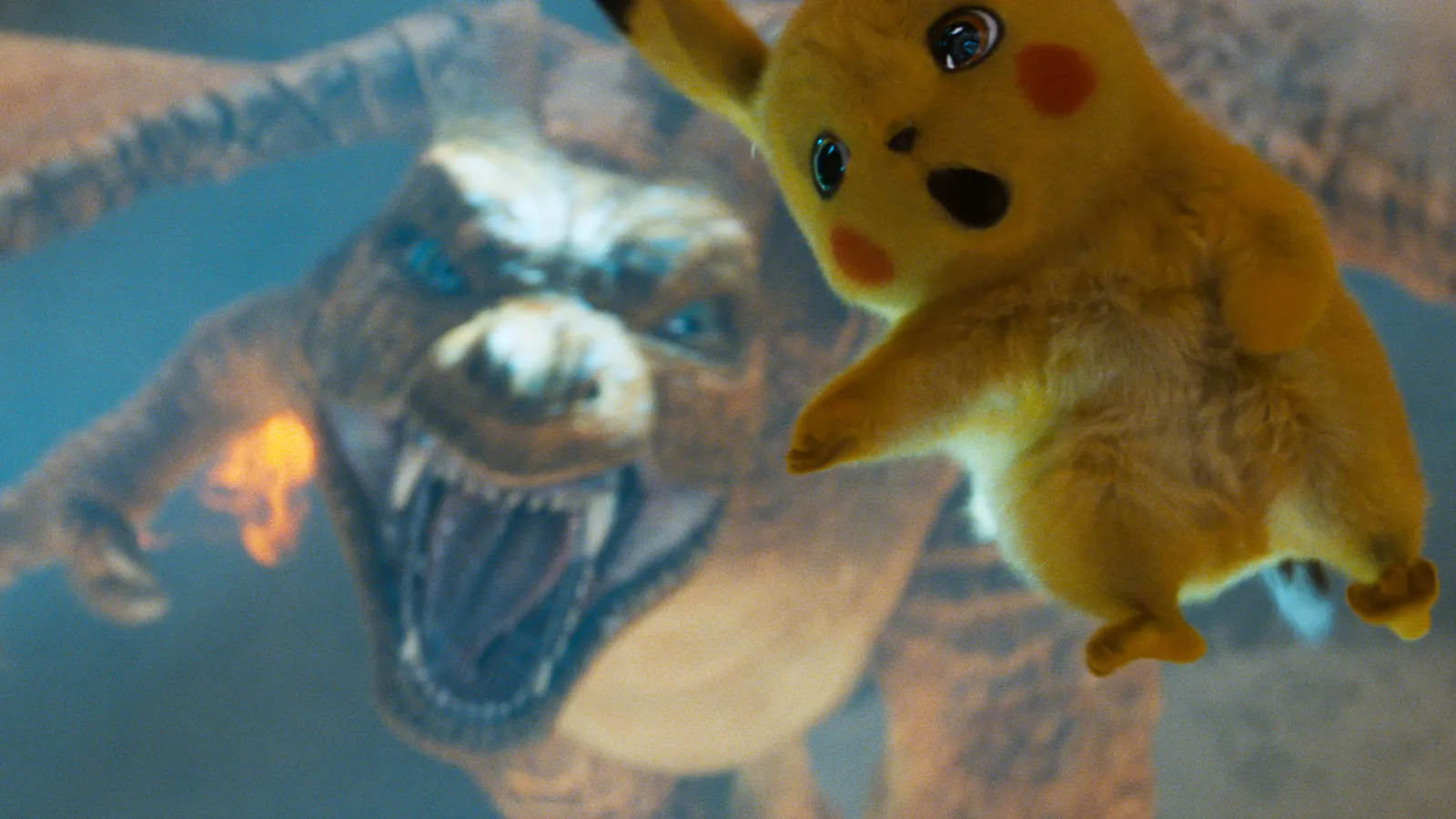
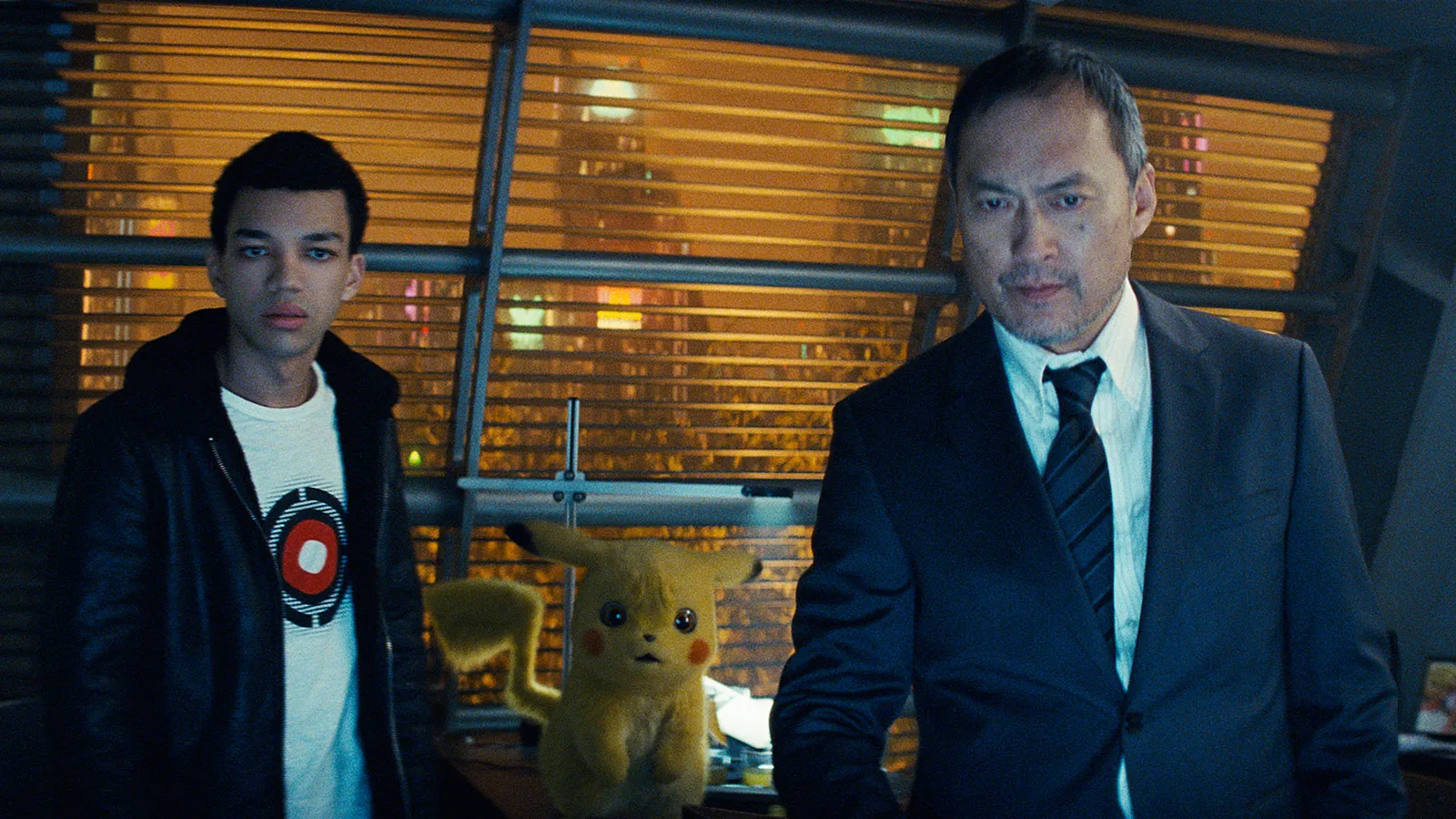
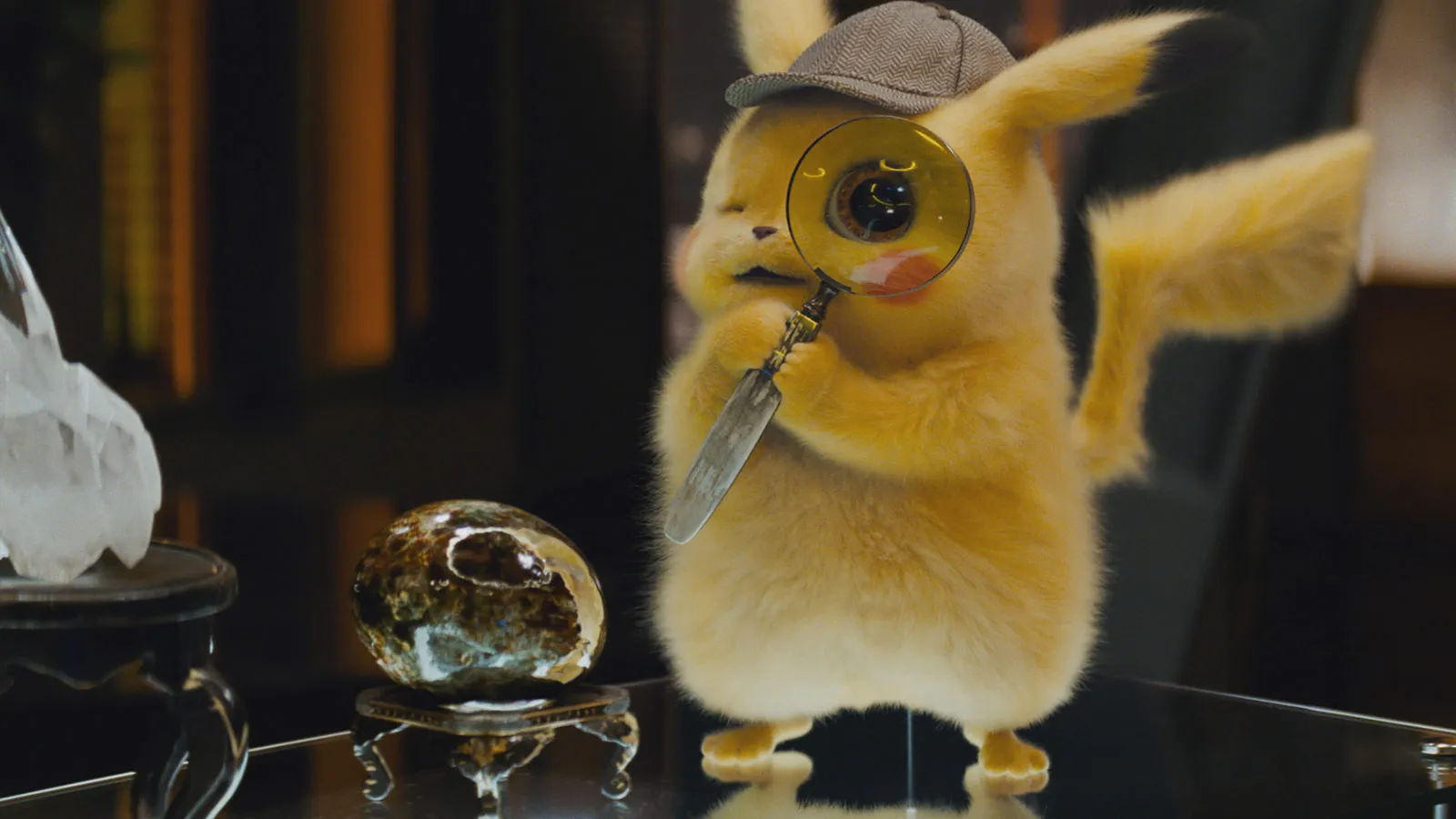

Get the Game Informer Print Edition!
Explore your favorite games in premium print format, delivered to your door.
- 10 issues per year
- Only $4.80 per issue
- Full digital magazine archive access
- Since 1991










